the map is not the territoryAllowing ourselves to function inside an organizational silo is just as detrimental as being exiled or excommunicated. If we are exiled, we will never know the territory of relationship and shared understanding. If we are siloed, we will remain beholden to a static map (or a small piece of it) in a dynamic, expanding universe.
It is through creation, improvisation and consideration of the abstract that we find meaning. It is through meaning that we are connected to others. It is through those connections that we may see the bigger picture. Unless we are working in concert with others, we may never know the sweet reward of lifting each other as we climb. If you don’t occasionally return home from your vision quest — to rest and distill what you’ve seen — your mirror will remain clouded and unable to reflect or recognize the beauty and potential in those other sojourners along the trail. If you are not committed to meaning-making, to engaging in the creative process, to dancing and singing and telling your story, you will find yourself stuck, paralyzed, holding on too tightly to brittle outdated maps that crumble in your fingers, or flying in a circle because you have only one good wing. When the components within the individual are harmonized, and the individual is in harmony with the community, communities can create unlimited meaning and value. They can export and translate that meaning to the world beyond. The hallmark of any great organization lies as much in their poetry as in their treasure maps. While the innovation opportunity may be in knowing how these maps and resources fit together, it’s the spark of creativity that resources the world.
0 Comments
creativity as exportWhether or not you are using creativity in your business, every organization creates.
They create products, processes, ideas, artifacts, meaningful works of art, and masterful communication. Every business puts something new in the world. Every organization delivers some kind of value. Therefore, every business finds itself in the role of exporter — shipping ideas, processes or products that have a reach beyond the immediate tribe or community. Every business relies on their exports — things that speak to the tribes outside their own — to feed them. Ideas are currency. Value is a transaction. Sometimes, as a member of a community or tribe, you may feel sick, sad or angry. You may feel depressed or like you don’t “fit” in ways that you can’t describe. Most organizations have a medicine man (or woman) on salary and standing by that will happily invite you into their tent, cubicle, office or clinic and perform the ritual of healing, reconciliation, grounding, or coherence. They will most likely administer a series of questions, a bitter dose of truthful medicine, or possibly send you outside the organizational borders on a vision quest for meaning. Sometimes those who are seeking (inside or outside the organization) are following the breadcrumbs of a personal development plan. Sometimes they are following road signs and looking for landmarks. Sometimes, they are fighting in the foam with the sea monsters at the frayed edges of the map – pushing the envelope where there is no established process. Those on the path of mastery have always known how to lean into the turn and embrace the plateaus. performanceTheater and performance is yet another way an organization can express and create together. Groups can act out the stories they’ve told or written as a play or a skit, staging them for the world to see (either in person or on-screen).
Through physical embodiment – “presencing” (pioneered by Brazilian drama theorist Augusto Boal) or constellation work (used primarily in therapeutic settings) a group can move through space and time, acting out with their bodies the roles of values (such as “teamwork” or “honesty”) or dynamic forces (such as “disruption” or “innovation”). At a 2019 conference of Visual Practitioners in New Jersey, I was shown this method for the first time. The team used their bodies as sculptures to act out a problematic process in the organization. After participants were assigned to represent the various stages of the serialized assembly line of bureaucracy, the facilitator said, “OK. Show me your stuck.” And, there in the middle of this process, one volunteer froze up, looking like they had been magically turned to stone, and visually representing the bottleneck and inefficiency the group was experiencing. Everyone fell out laughing, but they all agreed that was indeed where they were stuck. They then had a productive conversation about how the handoffs could be improved and what they were missing. Playing out these ideas allows the organization to literally see where they are stuck or where group conflict may arise. Great leaders in organizations can teach and train all of these creative skills. They will excel in scaling and amplifying these gifts. Great leaders train entire communities in holding the crayon and learning to doodle, creating sigils, erecting iconic flags, painting murals, devising visual gameplans, orchestrating performances, bravely standing in the spotlight and coaxing the first musical notes from trembling lips. With the spark and soul of creativity, organizations can make meaning as a community. They can mark their territory, stake their claim and learn how to communicate more effectively. Co-creating in a space together allows the organization to grow, explore, love, innovate and achieve like they never have before. musicAn organization’s creativity can also be expressed through song.
If we entertain this metaphor, then communities may “raise their voices” together in unison, adding harmony to melody, and weaving audible threads together to create sonic tapestries. An organization can soothe the weary by singing a lullaby, it can lure or seduce explorers (curiosity-seekers) onto the rocks, it can vigorously chant a mantra or fight song (to inspire and motivate the team), or it can put on a show for the public — a concert performance featuring rock-star voices and an all-star cast of amazing team members. When a group “sings” together — literally or figuratively combining different chordal combinations with lyric and tone — it is planting a musical flag in the ground that says, “We stand together as one voice. We are on the same page. We are saying the same thing. And, we believe that saying it together matters.” cyclesThere are many maps and models of human development that illustrate how individuals function in relation to their community — and how they co-evolve.
Spiral Dynamics, published in 1995 by Don Beck and Chris Cowan, provides a glimpse at how communities and their values unfold in stages — from magic (tribal) to mythic (literal) to mental (modern) to integral (post-modern) and beyond. In 2018, we saw the emergence of memetic tribes — the idea that increased cultural fragmentation has made it impossible to describe people (particularly in America) in categories of left/right or red/blue. Each of these tribes or communities exist in a digital bubble that reinforces their biases and beliefs and goads them into responding to various manufactured crises. In some cases, it’s secularization (and the crisis of meaning) or atomization (and the crisis of belonging). For others, it’s stimulation and the crisis of sobriety. But every tribe has a battle to wage, and they mean to win it. Unfortunately, soon after this phenomena reared its dangerous head, we experienced a worldwide pandemic that saw people hunkered down in their homes and reinforcing these digital bubbles with the unforgiving brick and mortar of cognitive bias and propaganda. Some of them have still not emerged. From 2010-2020, I led an interspiritual community and became involved in the global interfaith movement. I traveled the world speaking about the future of spirituality and the peace-making potential of interfaith dialogue. I saw first hand the plight of people committed to personal and social transformation. I witnessed those doing the sacred work of pulling people out of their filter bubbles and bringing them to the table for actual conversations that would transform hearts, neighborhoods, and communities. The four paths of “Creation Spirituality” were made popular among Progressive/Mystical Christian circles in 1983 when Rev. Dr. Matthew Fox published his book, Original Blessing. The paths are as follows:
Like the four seasons of the calendar, this wheel is one of many religious lenses (Eastern, Western, Native/First Peoples) with which we may view community cycles through time. These wheels, models, and metaphors are how members of the community know it is the right time to plant, harvest, grieve, and celebrate. Whichever maps or models you are using, this shared vision of the world is the cosmology of the organization – how it views the universe. This is where I remind you that all organizations are cults – with their own beliefs and values. I’ve helped countless businesses write their core values, identify the behaviors that support those values, and profess publicly what they believe. And I’ve done it long enough to know that this is what William James meant by the “inclusivity principle” and what Ninian Smart meant by the “Doctrinal Dimension” in his book Dimensions of the Sacred. These beliefs hold groups together. There are many other maps of specific processes that move through time. Some examples include:
In my consulting life, the most well-worn of these has been Ichak Adizes’ Lifecycle of a Business, which we delve into here. And, there are meta-theories (theories of everything) such as Integral Theory (popularized by Ken Wilber in 1995) or the Theory of Process (laid out in Arthur M. Young’s The Reflexive Universe in 1976) that attempt to explain how all of the theories and metaphors throughout time fit together. One thing all of the models share is a holistic kind of symmetry that balances the outer, empirical world with the inner, subjective experience; and draws a straight line between the conditions for change in the individual and the broader evolution of groups or communities. DEI (diversity, equity, and inclusion) initiatives are growing quickly in organizations around the world. Leaders and entire departments dedicated to DEI – or EDIB (equity, diversity, inclusion, and belonging) – are being installed in for-profit and nonprofit organizations. These teams are committed to deeply embedding DEI principles into the values and actions of the business so that it can be more accessible, welcoming, and empowering.
Here we’ll discuss the “E” in DEI. Compared to diversity and inclusion, the words equity and equality (with which equity is sometimes substituted) are ambiguous terms that can be defined very differently from organization to organization. According to Robert Harris, Director of EDIB at National Audubon Society, it's "not advisable to use equity and equality interchangeably." "In general," he says, "equality is when folks receive the same resources in amount and proportion and equity is when differences are recognized. Resource allocation varies based on those differences to achieve equality." How you implement your DEI initiatives will depend on how these terms are defined. Your definition of these terms will also influence your culture deck, hiring process, team charter, operating agreements, mission statement, media/investor relations, etc. Making sure that they are clear and meaningful for everyone on the team is very important. Equity may be defined in the following ways:
To review, diversity means that you have various people in the room, equity means that there is awareness that they are not all on equal footing, and inclusion means that you have a process for engaging them. Equality is the outcome of people being equally resourced. If you’d like to have a conversation about team performance, team design, or team development, please schedule a discovery call today. For those of you leading organizations in growth mode, you are continually having to balance efforts between the business you are and the business you are becoming. As your team expands, you’ll need to consider new and exciting (yes, they can be!) iterations of your org chart. I recently worked with a corporate team coaching client. We were tasked with building an interdependency journey in Mural that would allow leadership to measure where interdependencies were happening on their global finance team. Interdependency is not only a function of a team, it’s also a quality that emerges at the higher stages of team development (think storming, norming, performing, etc.). If you’re familiar with McKinsey’s innovation horizons, you know that each level of product or portfolio planning requires new or different team members, leadership styles, mindsets, language, business systems, experimentation frameworks, and management methods. Just as in innovation, interdependency has a similar way of scaling. According to the 1967 book Organizations in Action by sociologist James D. Thompson, for each level of team interdependence (pooled, sequential, or reciprocal), there are different levels of coordination required (standardization, planning, or mutual adjustment). Pooled - This type of task interdependence combines separate parts. Business units perform separate functions, not necessarily interacting or overlapping. Like a gymnastics team, however, their individual performance can negatively impact the rest of the organization. Sequential - Like an assembly line, this type of interdependence means that one unit depends on the output of another before they can do their part. Planning and scheduling become vital to avoid bottlenecks in production. Reciprocal - These units are highly interactive and reflexive. It’s sequential, but with the addition of multiple rounds or cycles. Teams or departments may adjust as the situation changes (think sales, marketing, product development, R&D, etc.) and if one department underperforms, the house of cards could come crashing down. A lack of agreement between the types of interdependence and levels of coordination can reduce results, bruise relationships, diminish well-being, or shutter businesses. For now, consider these questions:
For more posts and templates like this, sign up for our newsletter, and if you need help designing or facilitating a workshop, let’s set up a call.
|
Details
ABOUT THE AuthorJoran Slane Oppelt is an international speaker, author and consultant with certifications in coaching, storytelling, design thinking and virtual facilitation. Archives
March 2024
Categories
All
|

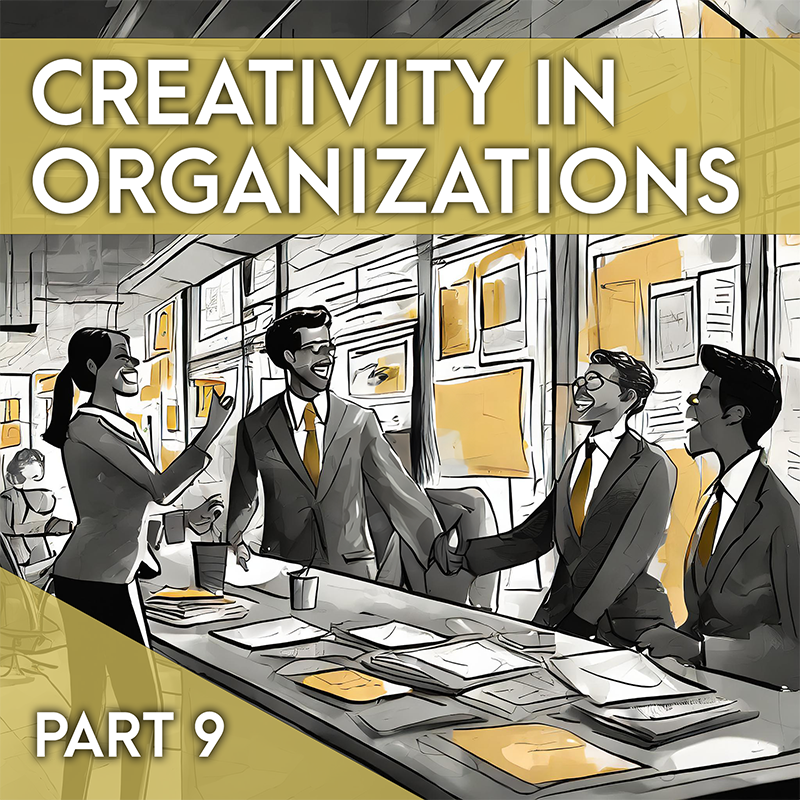
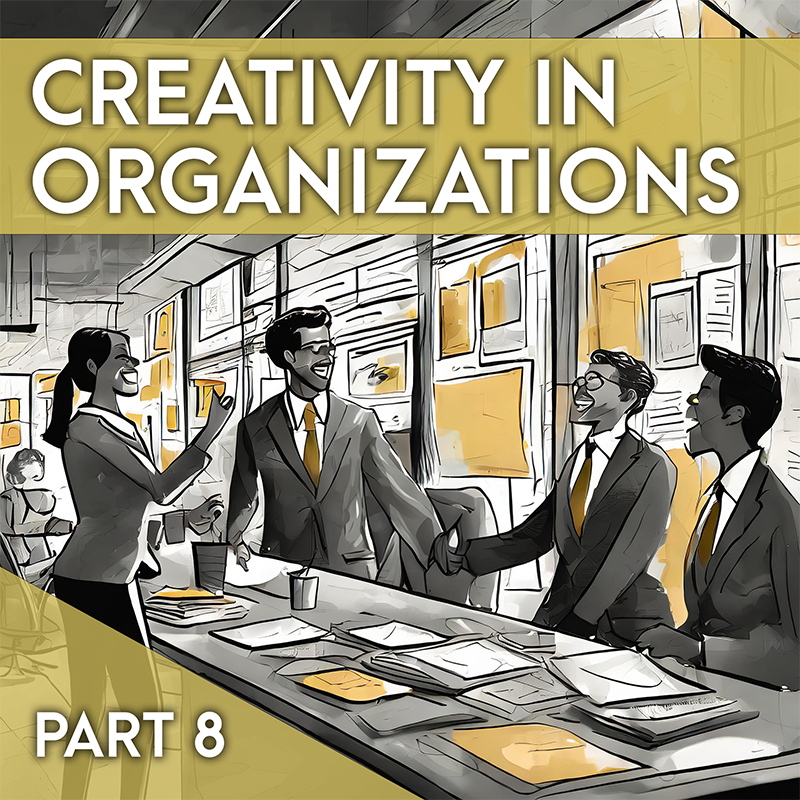
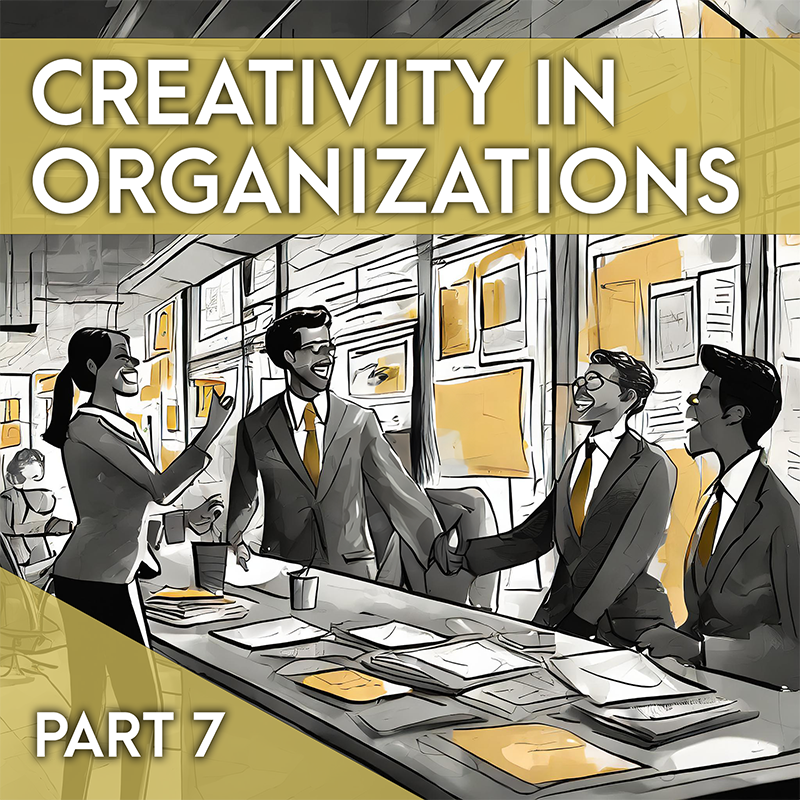
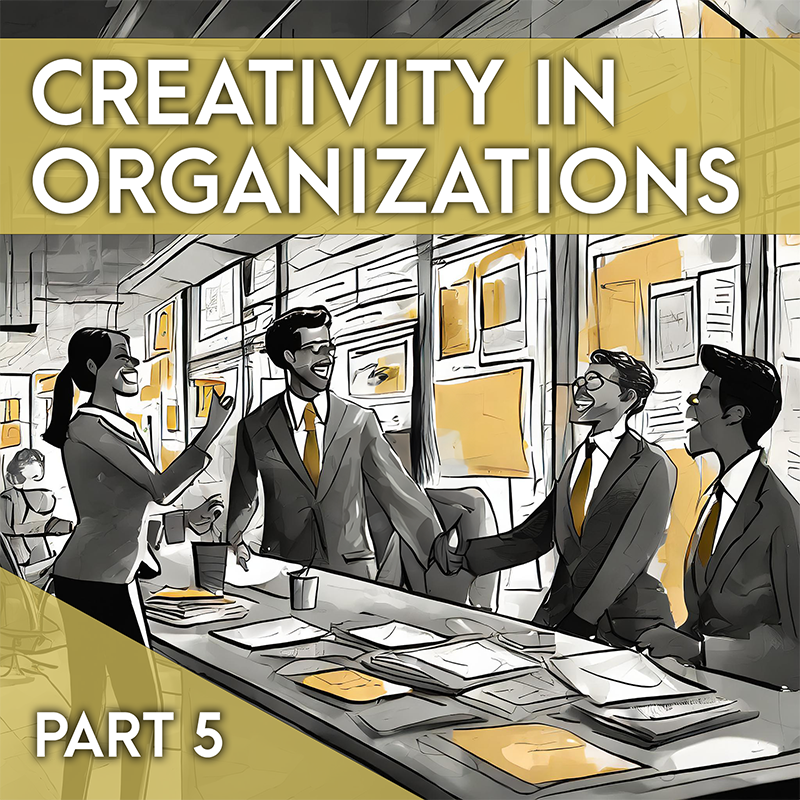
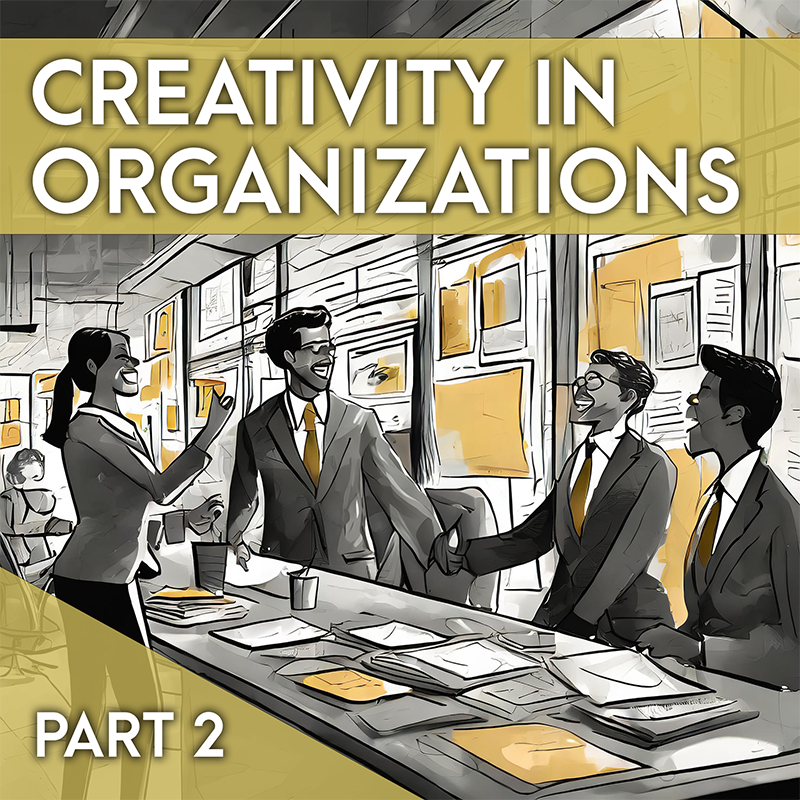


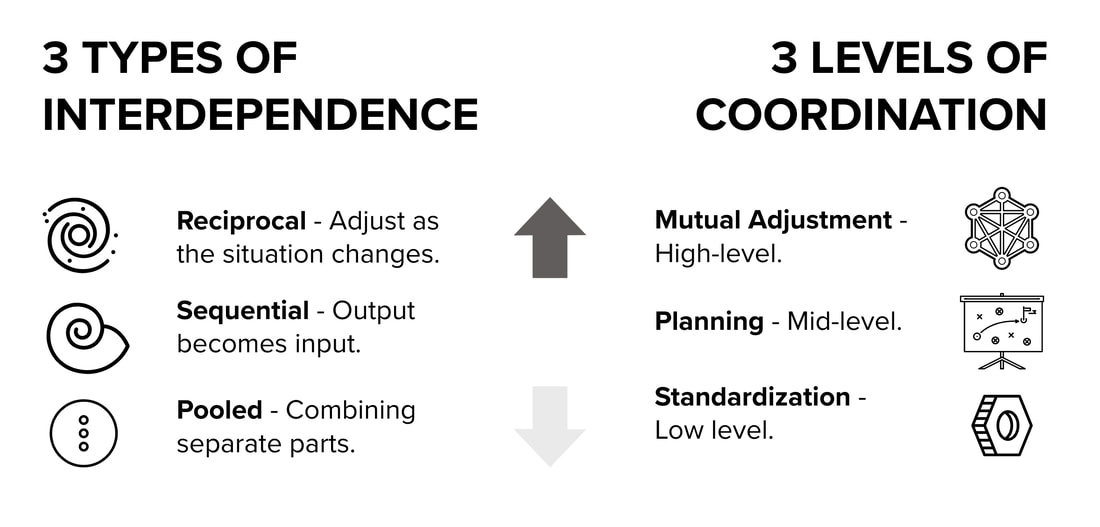

 RSS Feed
RSS Feed